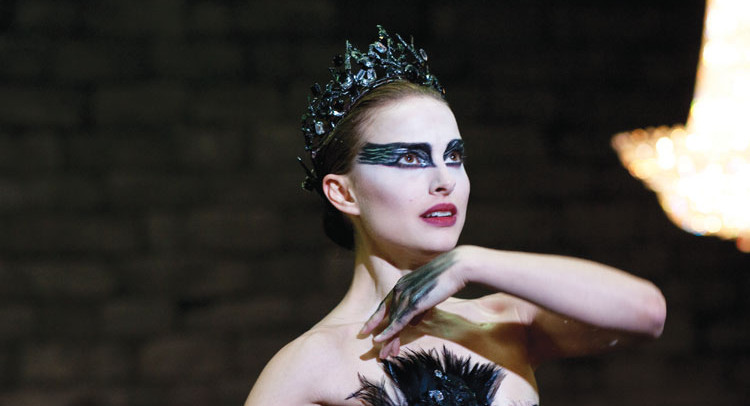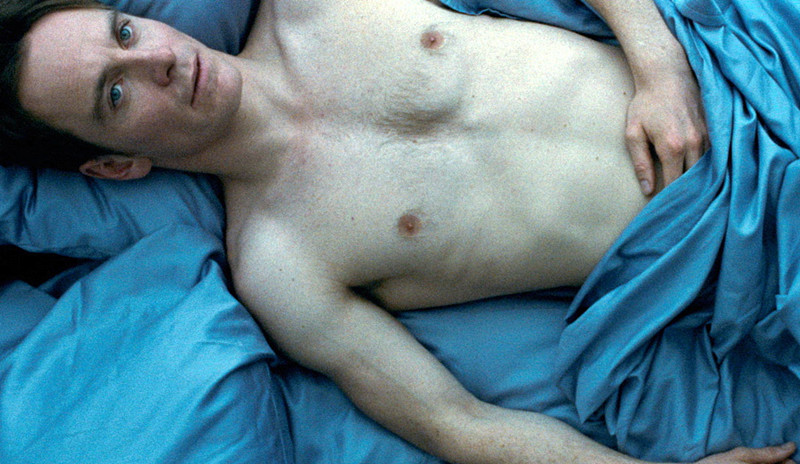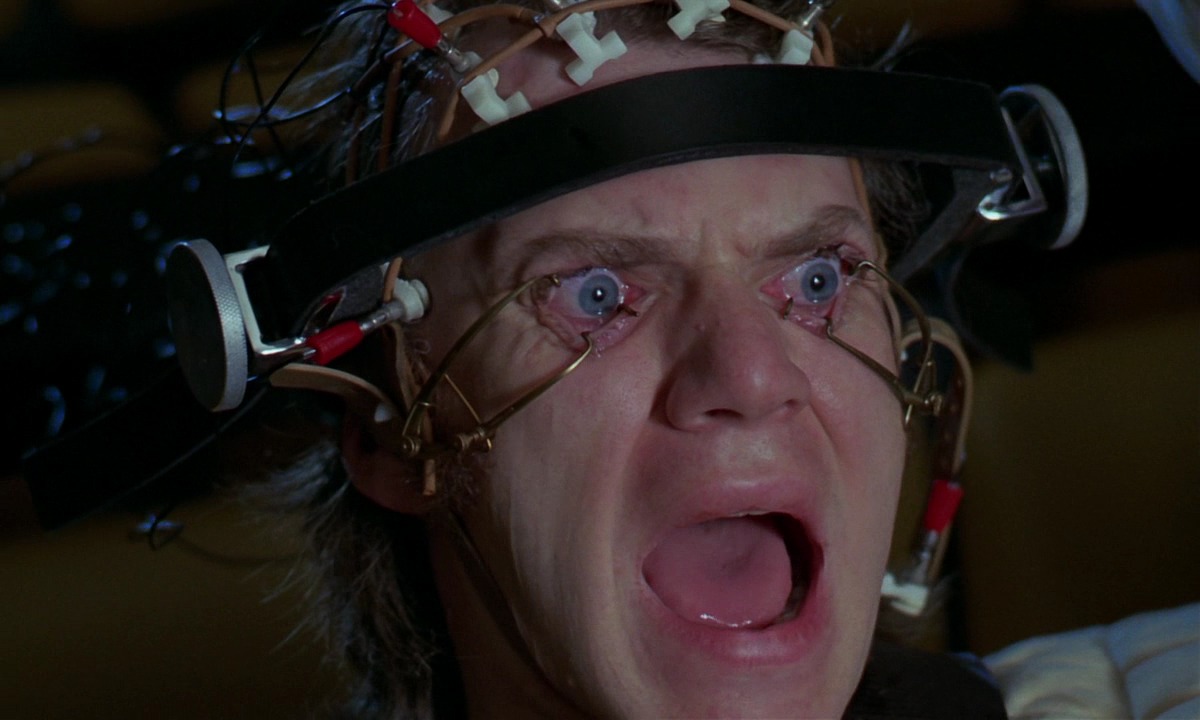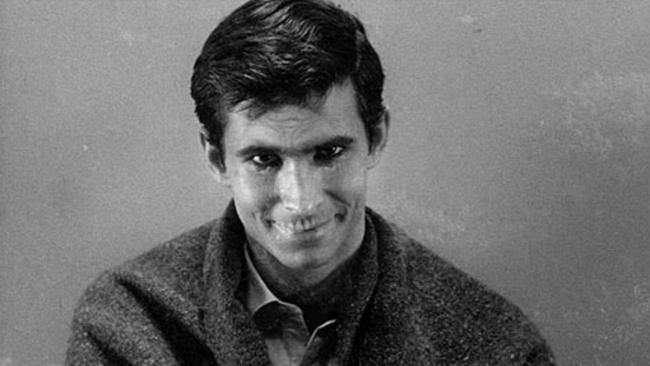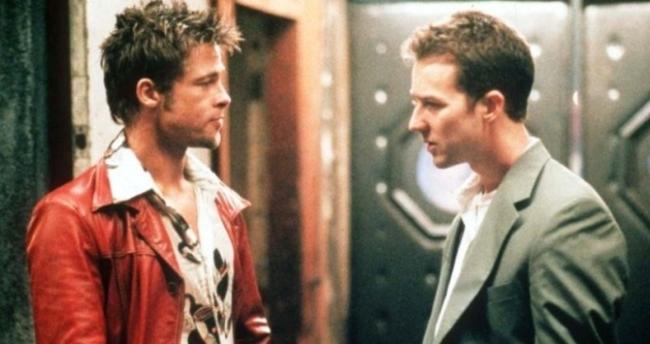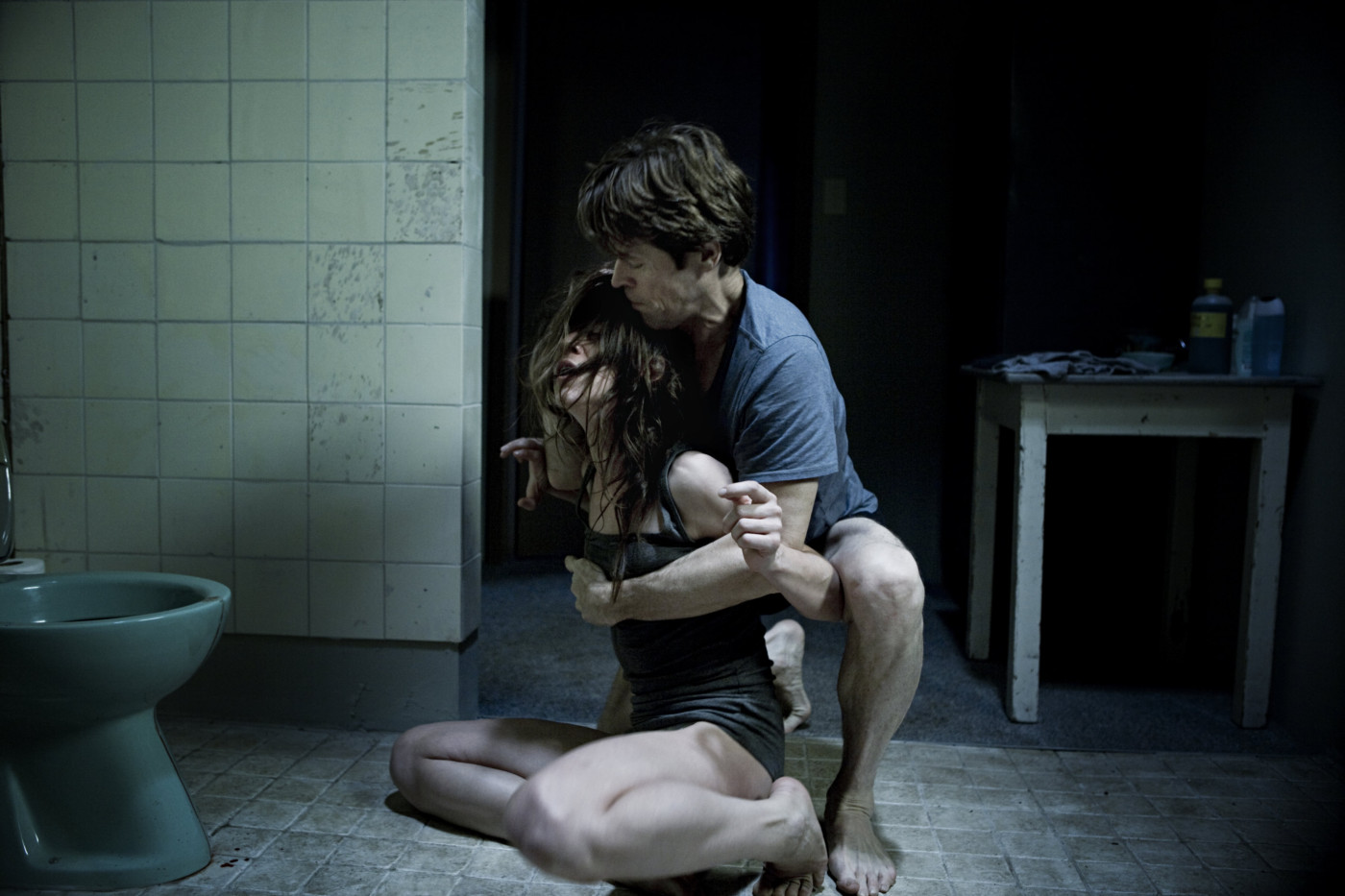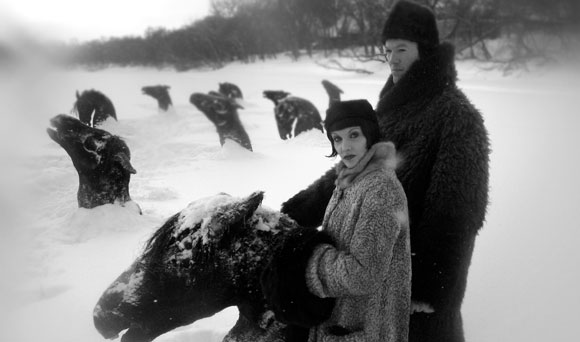8. Black Swan (2010)
Darren Aronofsky’s dark, dreamy masterpiece stars Natalie Portman as Nina, a ballerina competing for the lead role in a production of Tchaikovsky’s Swan Lake. Although Nina is a perfect match for the innocent White Swan, this production requires the same performer to play the Black Swan role as well.
The sensuality and dark intrigue embodied by the Black Swan make Lily (Mila Kunis) another top contender for the spot. The stress of competition, her new training regiment, and an overbearing mother all the force Nina slowly to lose her grasp on reality. As fact blends with fantasy, Nina loses her ability to distinguish dreams from the world outside her troubled mind.
9. Shame (2011)
Steve McQueen explores the depths of sexuality and the human psyche in this dark drama starring Michael Fassbender. Fassbender plays Brandon, a 30-something sex addict living in New York City. A visit from his sister (Carey Mulligan) quickly turns Brandon’s world inside down, as he is forced to come to terms with his addiction and dysfunctional lifestyle.
Brandon’s plight is, of course, an attempt at coming to grips with unhealthy libidinal impulses that have begun to distract him from his daily life. What is equally interesting is the way the film portrays the role of the family in this process. Psychoanalysts have always held family life to be extremely important in the processes of socialization and maturation.
In Shame indeed it is not until Sissy and Brandon live side by side again as adults that they are forced to face the problems created by their unhealthy sexual behavior.
10. A Clockwork Orange (1971)
Stanley Kubrick’s controversial take on Anthony Burgess’ absurdist novel stars Malcom McDowell as Alex DeLarge, a juvenile delinquent with basically no reality principle. This important psychological control is the ego’s way of filtering the desires of the unconscious id in order to live alongside others in society.
Without consideration for consequences or the lives of others, Alex and his gang steal, rape, and beat up the inhabitants of England whenever they have a mind to. When Alex is arrested on serious criminal charges, however, he becomes the subject of a national experiment that promises to wipe out crime by altering the internal desires of criminals themselves.
11. Psycho (1960)
Alfred Hitchcock’s Psycho is the psychological thriller par excellence. Starring Anthony Perkins and Janet Leigh, this unsettling adaptation of Robert Bloch’s novel explores the darkest depths of the unconscious. After Marion Crane (Janet Leigh) goes missing with an enormous amount of cash, her secret lover (John Gavin) and sister (Vera Miles) set out to find her. As they trace her steps to a hotel owned by Norma Bates, a web of obsession, intrigue, and murder begins to slowly unravel.
Perhaps the most important way this obsession-driven tale grapples with psychoanalysis lies in the questions it asks about the legal implications, and limits, of psychoanalysis, which had gained an enormous amount of esteem and popularity by the mid-twentieth century.
For the unstable killer Norman Bates, whose split psyche also houses that of his jealous mother, the implications of the psychiatrist’s findings at the film’s ending suggest that legal and moral guilt in such a case may not be so black and white. Whereas it was Norman, in body, that is the killer, it was the personality of his mother that had taken over in such instances.
12. Fight Club (1999)
David Fincher’s classic take on Chuck Palahniuk’s Fight Club is rife with influences from psychoanalysis and Freudian psychology. The film features Edward Norton and Brad Pitt, whose characters form an underground fight club where white collar men go to brawl for fun.
Of course, this fight club serves as the site of release for drives that are repressed by the workaday lives the men lead in a consumer-capitalist society. Shirtless men beat each other to a pulp in secret in order to release all of the pent up aggression and carnal energy that are repressed in daily life.
It’s also interesting to note the connections Fincher draws between violence and desire, sexuality and the death drive. The violent fight scenes are rife with homoerotic undertones, emphasized at one point by a close-up of a fighter removing his wedding band before a match.
This unconscious desire knows no bounds and cannot be restricted by a conventional sexual identity. Partaking in the fight club means escape from a passive, capitalist, heteronormative existence into a life of release and unrestricted desire, both sexual and violent.
The schizophrenic nature of living with one foot in the office door and the other in the door of the fight club is ultimately emphasized by the actual schizophrenia of Norton’s nameless character. Tyler Durden (Brad Pitt) serves as his alter-ego, encouraging the anti-hero to delve further and further into an existence lacking all inhibition and semblance of order.
13. Antichrist (2009)
This unsettling masterpiece was directed by Lars van Trier, the most widely recognized of the Dogme 95 filmmaking collective. Antichrist stars Willem Dafoe and Charlotte Gainsbourg as an unnamed couple who are mourning the tragic loss of their child. They retreat into a cabin in the woods, hoping to find peace and relief from heartbreak.
The previous summer, however, some unspeakable, unspoken event seems to have happen at the cabin that is causing further anguish for the couple. Of course, this tension is exacerbated by the fact that the man is the woman’s therapist. Tensions between the couple mount as an uncanny, anarchic take on the natural world serves as a metaphor for the darkness and chaos within.
14. My Winnipeg (2007)
This surrealist enigma from Canadian filmmaker Guy Maddin is part documentary, part fantasy, and all an attempt at coming to grips with Maddin’s own past as he leaves his hometown of Winnipeg. The dreamy blend of fact and fiction, mixing the troubled past of the town with Maddin’s own rocky family history, shows heavy influence from psychoanalysis.
At one point, Maddin even recreates scenes from his family’s past with actors in an attempt to better understand himself and his past. Viewers don’t have to be certified Freudian analysts to draw connections between the narrator’s cries of “Mother, Mother, Mother!” and Maddin’s troubled search for self-knowledge.
15. Another Woman (1988)
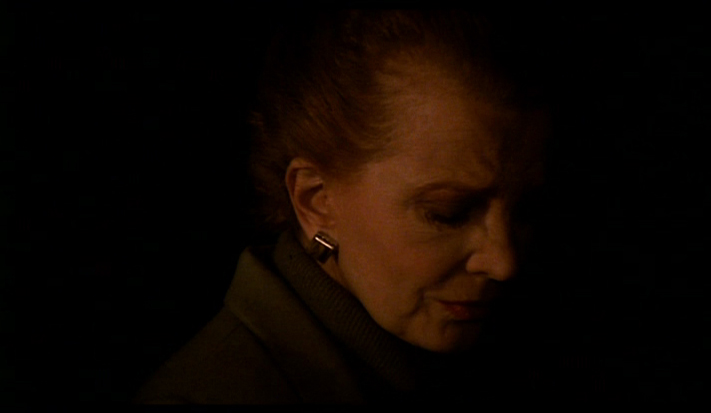
Another Woman is an intriguing, lesser-known film from Woody Allen, the famously Freud-obsessed director of Annie Hall and Midnight in Paris. Gena Rowlands plays Marion Post, a philosophy professor who rents an apartment to have a quiet place to write her new book.
In the room next to hers, however, she hears a despairing pregnant woman (Mia Farrow) talking to her therapist (Ian Holm) about her sorrows. Marion’s own troubled family relations and an unhappy second marriage all come to the fore as she listens to the therapy sessions of another woman through a vent in the wall.
Author Bio: Bryan Norton is a filmmaker, scholar, and cinephile with interests in media theory and film history. He currently holds a research fellowship at the University of Cologne.
